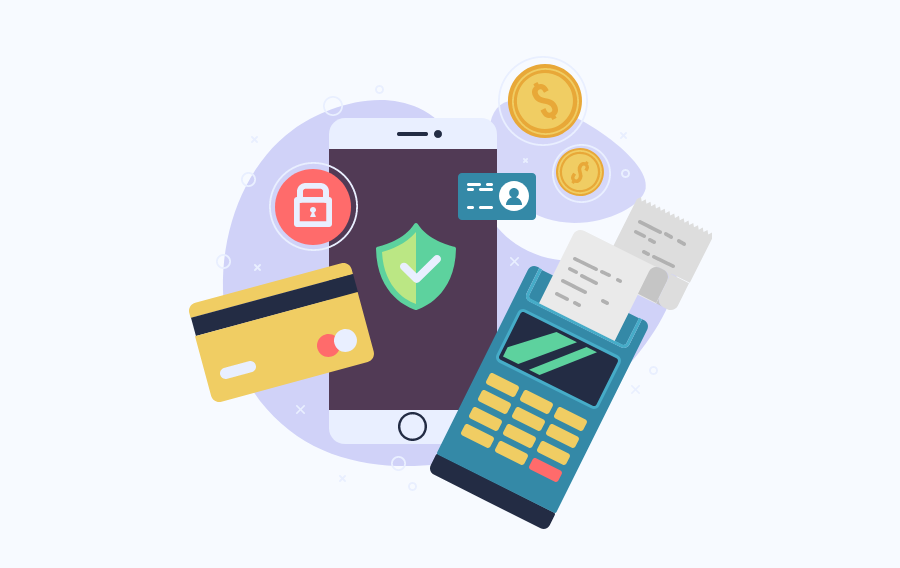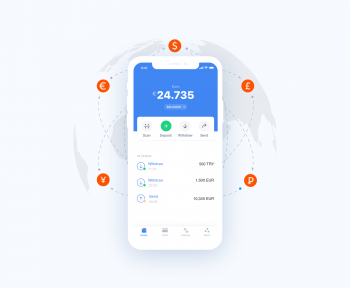Despite the desire for digital transactions caused by the COVID-19 epidemic, cash remains dominant in Latin America and the Caribbean, as it is everywhere else on the globe. To enable people to engage in the digital economy, LATAM digital payments, and especially mobile payments, are essential. Without widespread, reasonably priced, and simple-to-use mobile payments, the region’s ability to scale and have an impact on the lives of most citizens — particularly excluded and underserved groups — is at risk. This is true even though the province tends to attract significant investment in fintech, e-commerce, and other digital businesses.
More than ten years ago, digital payments swept the globe, but the LATAM payments area did not have the same success and traction as other regions of the world. Non-bank approaches that succeeded elsewhere failed in LATAM for a variety of reasons. Strong bank-centered rules and pervasive incumbent bank presence had a role in this, to some extent. Additionally, businesses like OXXO and Banco Azteca in Mexico, postal networks like Efecty in Colombia, and bank correspondents in Brazil were already meeting the need for domestic person-to-person (P2P) payments. Other obstacles were inadequate distribution networks, a lack of interoperability, subpar product design, and subpar customer experience.
Financial inclusion is greatly aided by digital payments. According to the research of Inter-American Development Bank, consumers are more inclined to utilize other financial services, such as credit and insurance, when they have access to Latin America digital payments because they can then save money, establish or grow enterprises, manage risk, and more effectively withstand financial shocks.
Contactless Payment in Latin America
With the start of the epidemic, contactless or NFC (near field communication) payments took off in several nations. This is mostly because it increases cardholder safety by allowing for social separation as no direct interaction is necessary to complete a transaction.
Contactless payment transactions in Brazil increased by 456% in the first quarter of 2020, according to the Brazilian Association of Credit Card Companies and Services (ABECS). According to research by Dock, by the end of 2022, around 50% of in-person transactions will be completed with contactless cards.
The main issue facing Latin America’s digital payments business is the proportion of the unbanked population.
The Dock survey found that in Latin America, in addition to the prevalent preference for cash, 54% of the population does not yet utilize any banking services or digital solutions for their financial activities.
Another result was that there is now a technology-to-use gap in Latin America, meaning that digitization is well ahead of the uptake of bank services. Although there are many different contemporary payment options in Latin America available, they are still incredibly underused.
In actuality, this is the largest challenge the local payments sector is now experiencing. The population’s financial inclusion is much behind while digitization is progressing quickly.
- Smartphone adoption will reach 71% in 2020.
- Approximately 20% of people use the internet for financial services.
- 12 percent of people sell goods or services online.
The fact that the region’s strong digital usage is correlated with its aging population may be one factor affecting this outcome. 58 percent of people in Latin America are between the ages of 18 and 44. Compared to the demographics of the people of, say, Europe or the US, this is very different.



